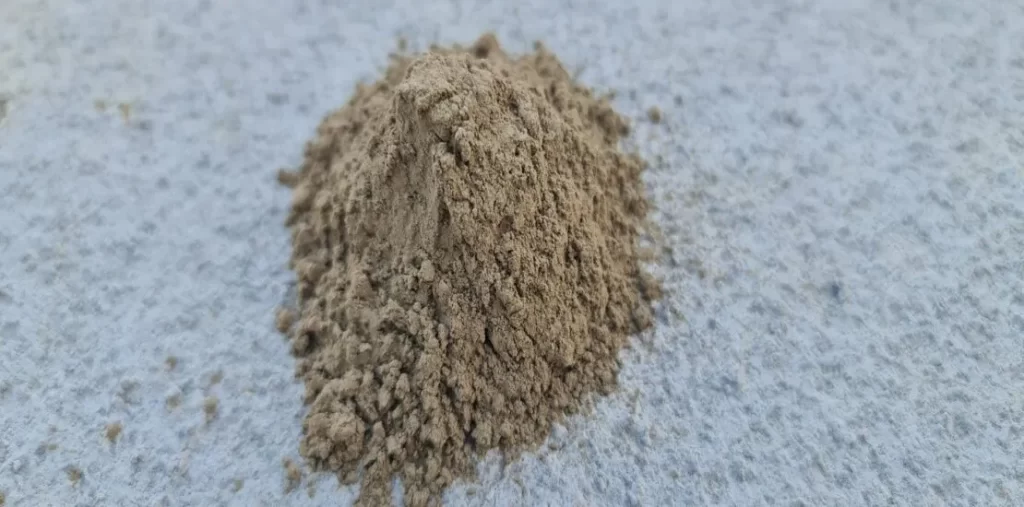Treatment scheme for comprehensive utilization of fly ash

In view of the characteristics and properties of fly ash, based on long-term research results, we have proposed the following comprehensive utilization technologies:
1. Aerogel extraction technology
Using the characteristics of fly ash (red mud) rich in silicon, calcium and aluminum, fly ash (red mud) is developed into high-value polymer new material products, electronic silicon, aerogel, alumina byproducts, ammonium sulfate
2. Geopolymer gelling materials
Fly ash-based polymers are based on fly ash as the basic raw material, using alkali activators to increase the activity of fly ash, and then polymerizing to form an inorganic gelling material with a three-dimensional network bonding structure of Si, Al and O.
3. Prefabricated ECP extrusion wallboard
Using fly ash and other silicon-calcium-based solid waste systems, the technical processes of call modification, aging and activation are used to produce ECP extrusion series wallboards through screw extrusion.
4. Inorganic imitation stone materials
5. Ultra-high performance art concrete (UHPC)
Geopolymer UHPC ultra-high performance concrete is a polymer material of epoxy mortar. It is a cementitious material binder made of fly ash as the main raw material through chemical polymerization into geopolymer cementitious material, and various functional fiber mixtures, water reducers, admixtures, etc.
6. Unburned ceramsite (concrete stone)
Fly ash unburned ceramsite is a new type of building material with the advantages of high strength, water resistance, thermal insulation, etc. It is characterized by light weight, low thermal conductivity, high porosity, excellent frost resistance; compressive strength is 5~15MPa.
7. Fly ash soil improvement
The chemical composition of fly ash is similar to that of soil. It is mainly composed of aluminum and silicon that are easy to modify the structure, and is rich in trace elements necessary for plant growth. It has a natural advantage in preparing soil improvement materials. Soil conditioners are prepared through ecological process modification and biological treatment, which can improve soil structure, improve soil physical and chemical properties, enrich soil nutrition, enhance soil water and fertilizer retention capacity, enhance soil biological activity, maintain soil ecological balance, change soil acidity and alkalinity and soil cultivability. Soil conditioners using fly ash modification and multi-component synergistic integration technology can effectively improve saline-alkali soil and simultaneously achieve large-scale disposal of fly ash. Fly ash soil conditioners are applied to deserts or sandy land, combined with drought-resistant plants for land management to form a semi-solidified protective effect on desertified soil.
